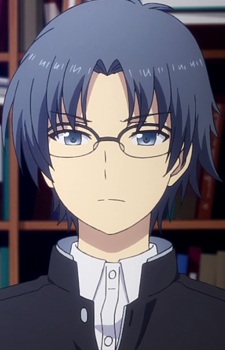Adding to what's been said, there's a lot of work that goes into just one cut. The video releases from TBS for Kanon in 2006-2007 had a little "making of" feature that shows the process through most of the work done by a studio. I've made a
playlist that shows it from 1-8 (not my videos).
I'll go in brief detail how things are done so you can understand what's happening. When a show is to be made, the character designer and the director meet to discuss what they'd want each character to look like. If it's from a source w/illustrations, it goes easier than an original show. They are then made onto reference sheets that look like this
(Notice how this is just one pose with details on how to draw the eye.)
Additional designs are made for the locations. Some are called "art boards" while others are more setting materials and look like this:
(these may be colored or not)
Each episode's content has to be split into different forms. First is a script/scenario including dialogue/actions. Someone (or multiple people) take that written text and draw little diagrams of how it should look action-wise on pieces of paper called "storyboards". That storyboard then goes to the animators in charge of drawing that cut/scene. The key animator(s) draw a layout of how the character would look in front of the background. This is a more detailed pose than the storyboard and includes the background details from the setting materials. The layouts get approved, a timesheet is made for the movement, and the key animator draws the important points of motion for the character in that cut. The cut then goes to an in-betweener who reads the timesheet and draws the other frames based on the key animator's work. While this is happening, a background artist is drawing the background for that cut.
After the key frames/in-betweens are done, a photographer takes everything and makes it into a video clip derivative that gets combined into the final episode. That episode is then taken to the editing studio who adds sounds, voice tracks, and creates the broadcast master to be approved and then sent to the TV station.
That is an incredibly simplified version of what happens for just one cut (of over 300 or so for a TV episode). I'd suggest reviewing that playlist and learning a bit more.














